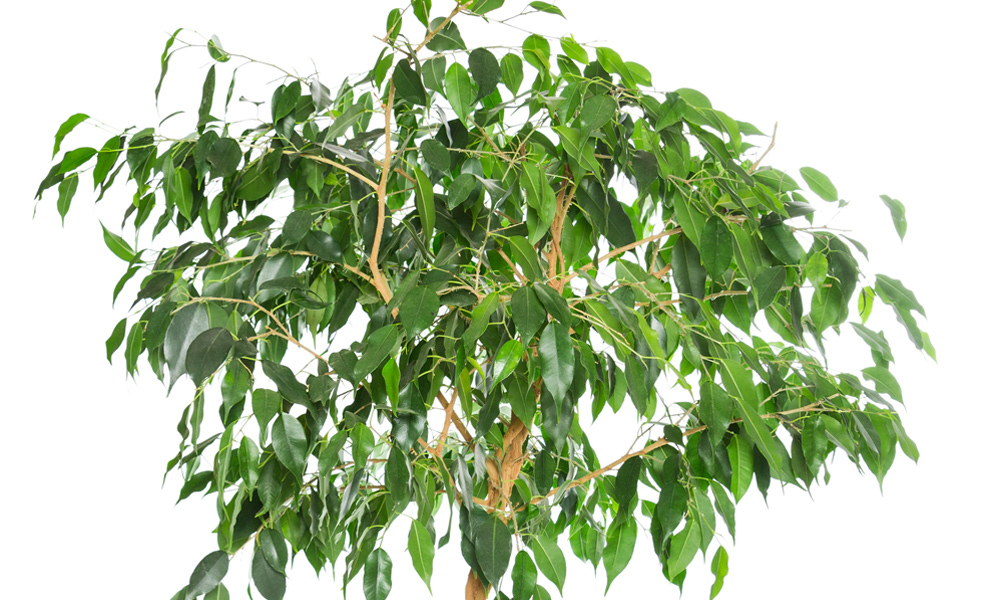How to grow and care for ficus benjamina?
31 Dec 2021
Being also known as weeping fig, the plant has already gained a massive continental popularity. The plant is a native of Australia and Asia. Ficus benjamina is one of the most commonly known names among plant lovers. You can find a huge number of people choosing ficus benjamina to be kept at their home or office just because this is one of the most amazingly spectacular plants. The tree-like look of the plant, arching branches, beautifully pointed leaves and the outstanding ability of this plant to survive in medium and bright conditions of light is another reason why so many people are choosing the plant these days.
How to grow ficus plants?

It is not a major challenge to grow ficus benjamina. First of all, you must choose a zone with filtered and indirect sunlight as this is best for the proper growth of a ficus benjamina. As a matter of fact, direct sunlight may leave some negative impacts on this plant. You may also notice scalding of the leaves or leaf loss if you have made a regrettable decision of placing the plant in any zone full of direct sunlight.
Placing your weeping fig above 60 degree fahrenheit can be perfect for the growth of this plant because extreme low temperatures can also be very harmful for weeping figs. Apart from that, this is hugely necessary to keep the atmosphere humid where you are placing your ficus plant as this is very necessary for the proper growth of ficus plants. There are so many facts that you need to keep in mind to care for this. First of all, keep in mind that the plant does not really like being moved. In other words, you are passively giving the plant sort of a shock every time you are placing this plant somewhere else. Although the plant does not really prefer direct sunlight, it is good to place the plant in any bright and displayed zone. Both overwatering and underwatering can be extremely harmful for the indoor plants and you may experience loss of leaves. Another important thing to note is that the plant does not really like wet roots. However, you don’t need to worry much because this spectacular plant is also tolerant of occasional mistakes in watering. Although, this will not really be a good decision to be casual about taking care of this plant just because the plant is comparably tolerant than many other similar categories of plants.
What are the common challenges of ficus benjamina care?
- Too little light
- Underwatering or overwatering
- Change in temperature
- Pests
- Drafts
- Frequent change in temperature

Feeding is one of the most important things to focus on. It is one of the most lesser known facts that so many best indoor plants die because of any silly carelessness of plant parents and their limited knowledge about the foods that are necessary for the genuine growth of any plant. There are many weeping fig plants that may also be a heavy feeder, so feeding at least once a month is very necessary. In case you don’t feed your indoor plants on time, it can be very harmful for your plant as well as deadly. Proper feeding can let you experience the unmatched beauty of lush green leaves of this plant, which can easily leave you overwhelmed.
Young plants need to be repotted every year just because you must give the roots of the plant enough space to grow in a proper manner. However, newly bought plants are required to be repotted just to be sure that the increasing size of roots get enough support. One of the most mentionable things to remember again, the humidity needs to be higher than normal level if you desire to experience the proper growth of this plant. However, it is not extremely difficult to take care of a ficus benjamina because this is not really a high-maintenance plant. Undoubtedly, this is one of the most gorgeous plants to be kept in both residential and corporate premises if you follow all the necessary tips to care for this amazing plant properly. There is a huge availability of indoor plants online, so you may go for any such plant as well as this plant.